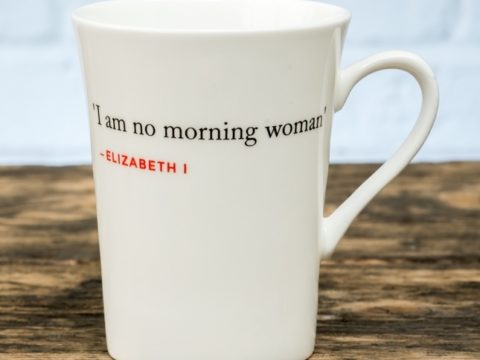Chesworth House
A Childhood Home of Katheryn Howard
Chesworth House, also known as Chesworth Place, near Horsham in Sussex, was a country house of the Dukes of Norfolk in the 15th and 16th centuries and one of the childhood homes of Katheryn Howard, fifth wife of Henry VIII. It was at Chesworth, and Norfolk House in London, that Katheryn engaged in the intimate relationships with Manox and Dereham that ultimately led to her downfall and execution.
The manor of Chesworth was part of the de Braose family lands in the 13th century and subsequently was held by the Mowbray and Howard families. By the early 14th century there was a moated manor house, probably of a courtyard plan, sited to the south of the present house.
In the late 15th century, a timber-framed range was built, most likely by Thomas Howard, 2nd Duke of Norfolk, outside the moat, and to the north of the early medieval house. A high quality south-east range in fashionable red brick with diaper patterning was added to it in the early sixteenth century, some time between 1514 and 1524 – the exact date of its construction is unknown. It has been referred to as the Earl of Surrey’s Tower, and has similarities to the Howard country seat of Kenninghall in Norfolk, which was built at a similar time. Consequently, it has been suggested that the Earl of Surrey (later 3rd Duke of Norfolk) was responsible for its construction. However, we do know that Henry VIII stayed at Chesworth House, hosted by the 2nd Duke, for ten days in July 1519. It is quite possible, given the length of visit and its importance, that this range was construction by the 2nd Duke prior to, or even for, the royal visit.
On the 2nd Duke’s death in 1524, his widow, Agnes Tilney, received in dower (for use in her lifetime) the family town house in Lambeth, London and twenty-four manors, of which Chesworth was the principal one. A young Katheryn Howard first came to stay in her step-grandmother’s care at Chesworth in 1531, spending her time between there and Norfolk House in London, until late in 1539 when she went to court.
We also know that the house had a ‘maidens’ chamber’, a sizeable room (like a dormitory) in which Katheryn and other unmarried young women, both wards and those from gentry families in service to Agnes, slept at night. Katheryn’s nocturnal activities in this chamber with Francis Dereham are detailed in the papers of the investigation into Katheryn's misconduct later carried out by Henry VIII’s privy councillors.
On Agnes’ death in 1545, her dower properties went to her step-son, Thomas Howard, 3rd Duke of Norfolk, and these were inherited, in turn, by his grandson, another Thomas, the 4th Duke, in 1554. He offered to surrender Chesworth House to Elizabeth I in 1560, as payment for debts owed to the Crown. Either then, or following his execution in 1572 for plotting with Mary, Queen of Scots, Chesworth House became the property of the Crown.
For most of the following century, Chesworth was occupied by tenants, including the Bishop of Chichester (1577-82) and the Caryll family (c. 1586 - 1660). After the restoration of the monarchy in 1660, it was granted to Queen Henrietta Maria and, subsequently, to Queen Catherine of Braganza, who held it until the end of the seventeenth century. The fortunes of Chesworth declined markedly from that point. It was considerably neglected during the course of the eighteenth century and was used principally as a farmhouse up until the early twentieth century. In 1928 it was bought by Captain Cook, who restored, renovated and enlarged the property, turning it back into a substantial family home.
Today Chesworth House remains a private home, with no access to the public. Much has changed since the period of Howard family ownership, with substantial modifications and additions in the seventeenth, eighteenth and twentieth centuries. However, the fifteenth and sixteenth century wings which Katheryn and her family would have known do remain, albeit in a modified form.




